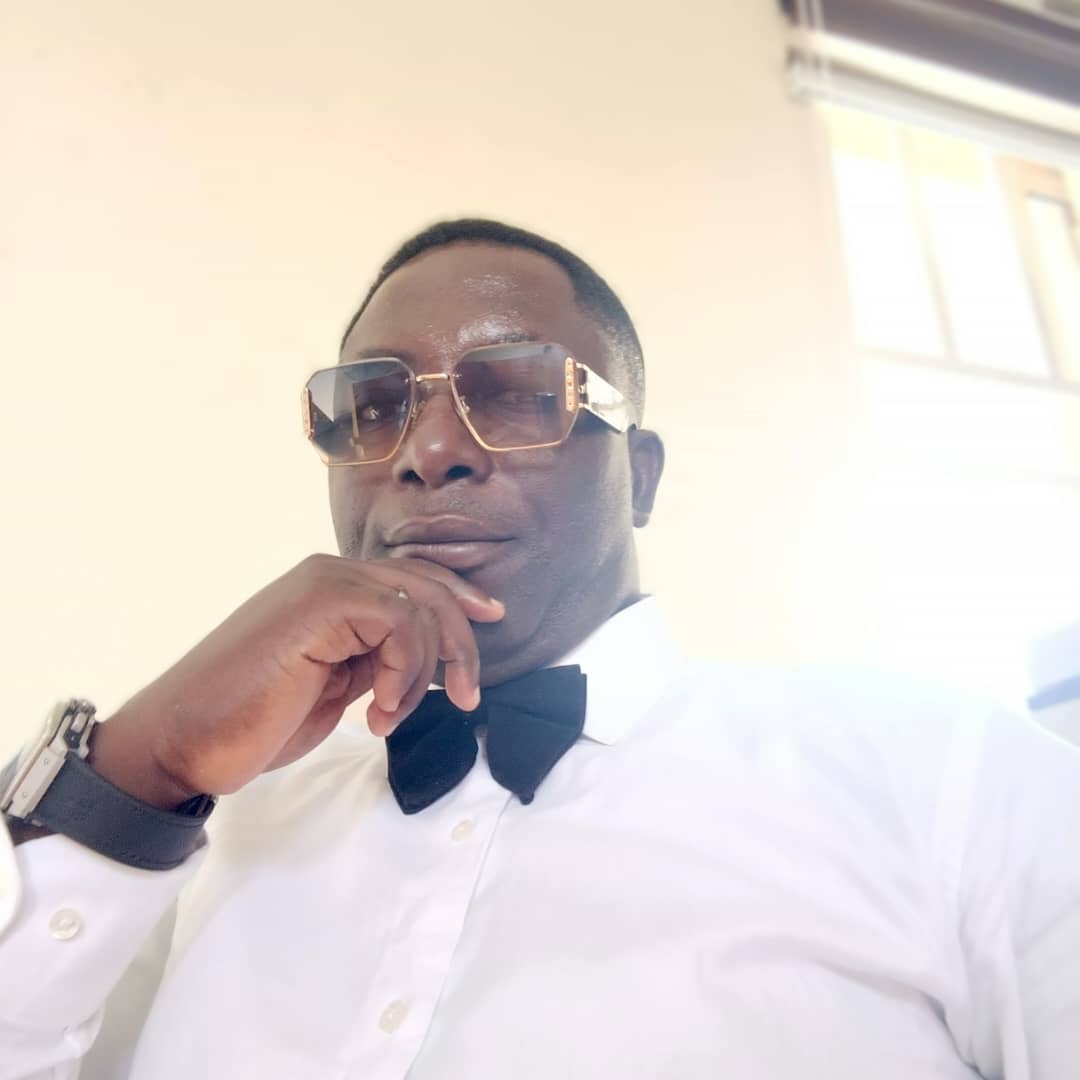When most people hear the phrase self-defence, the image that comes to mind is a gun in hand, a knife pulled from the pocket, or fists clenched, ready for a fight. This picture is both misleading and dangerous. It reduces the idea of protection to weapons and brute force, ignoring the deeper truth: self-defence begins long before conflict arises. It is a mindset, a discipline, and a strategy, not simply an act of violence.
Our society has become too attached to the notion that carrying arms equals safety. But arms often do the opposite. They escalate situations rather than calm them, creating more danger than they prevent. A weapon might give a sense of control, but without awareness and preparation it can just as easily put the user at risk. The best defence is not in what you can pull from a holster, but in what you already carry in your mind.
Ooni of Ife, Alaafin of Oyo, and the Yoruba Ronu Ethos
True self-defence begins with awareness. Many criminal acts succeed because of distraction. People walk with their heads buried in their phones, oblivious to their environment. Yet something as simple as staying alert, observing who is around, noticing unusual behaviour, can be enough to deter an attacker. Criminals thrive on surprise; deny them that advantage, and you are already safer.
Beyond awareness comes the ability to de-escalate. Not every threat needs to end in confrontation. Words, tone, and body language can dissolve tension before it turns dangerous. Choosing composure over aggression may not feel as dramatic as pulling out a weapon, but it often saves lives. Conflict resolved with words leaves everyone intact.
Of course, there are times when conflict cannot be avoided. Here, basic self-defence skills are invaluable. Non-lethal techniques such as blocks, holds, and escape manoeuvres are designed not to dominate but to disengage. The aim is not to fight harder but to get away safer. A person equipped with such skills carries confidence, not just fear.
In today’s world, technology has added new layers of protection. Mobile alerts, security apps, CCTV, and rapid-response networks can extend safety far beyond individual physical capacity. A single button on a phone can summon help faster than any weapon could. Technology, when used wisely, turns self-defence into a proactive and collective effort.
And this leads to the most important truth: no one is safer than the community they live in. Personal safety is intertwined with collective vigilance. Neighbourhood watch systems, coordinated responses, and a culture of shared responsibility are far more effective than individual reliance on weapons. When communities watch out for each other, they build shields stronger than steel.
At Absolute Security and Advance Protocol Ltd (ASAP Ltd.), we believe self-defence is not just about personal survival but about building safer societies. We train individuals and organizations to recognize risks, prepare responsibly, and resolve conflicts without violence whenever possible. Our approach is rooted in prevention, preparedness, and partnership. Weapons may sometimes be necessary, but they must always be the last option, never the first.
The greatest act of self-defence is preventing a threat before it happens. That is where wisdom, vigilance, and responsible strategy come in. Safety is not about carrying the biggest stick but about knowing when and how to avoid danger. It is about building environments where threats struggle to thrive.
Self-defence does not have to involve the use of arms. It requires foresight, awareness, and collective responsibility. In a world where unpredictability is constant, our strongest weapon is not what we hold in our hands but what we cultivate in our minds and our communities.
Absolute Security and Advance Protocol Ltd, Your Shield in an Unpredictable World.
Seyi Babaeko is the MD/CEO, Absolute Security and Advance Protocol Ltd (ASAP Ltd.)

